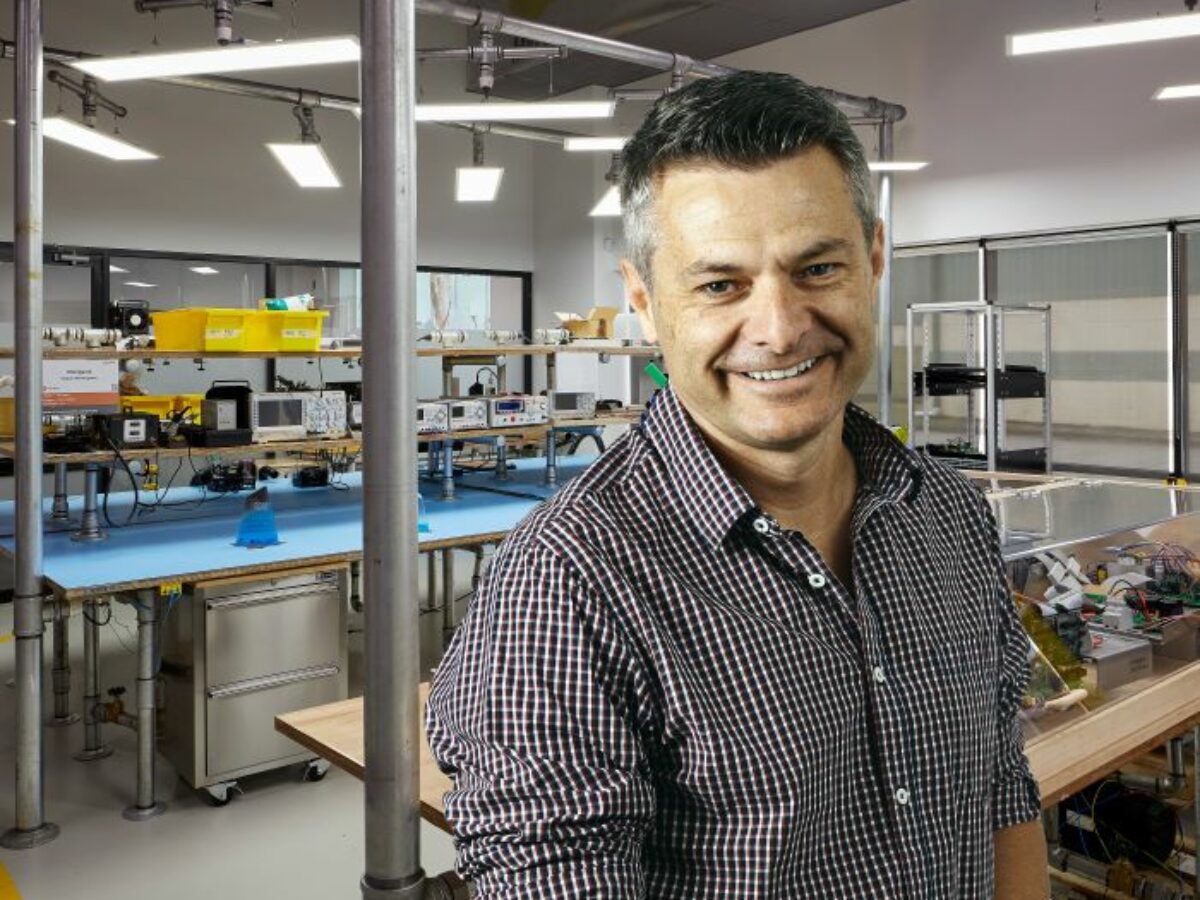Funding for manufacturing growth, the missing element – Trent Bagnall

We know that increasing manufacturing production in Australia would bolster employment and GDP growth. But as Trent Bagnall argues, this won’t change when most venture and development funding is directed to areas other than hardware.
Historically, Australia’s manufacturing sector has struggled to secure key funding necessary for growth.
This is despite many of our core industries, like agriculture and transport, relying on hardware to scale at the rate needed to service the country.
Over the past 15 years, no other industry in Australia has shrunk more than manufacturing, with jobs in the sector decreasing from 10.7 percent in 2006 to just 6.2 percent in 2021.
Continued and increased investment in the sector is key to ensuring that Australia’s manufacturing capabilities remain onshore, and is vital in growing sales, GDP, and jobs to support our economy.
A sector in decline: Prioritising funding for key growth areas
Companies in the Advanced Manufacturing sector will play an integral role in Australia’s future by helping to build promising growth sectors such as renewable energy creation and storage, agriculture, and automation and robotics.
These hardware-driven industries build on Australia’s traditional skill base in engineering, energy, and manufacturing, allowing us to capitalise on existing expertise to scale and grow at pace.
However, Australia’s lack of domestic manufacturing capability, due largely to a lack of funding, poses a number of flow-on effects to the sector including job cuts and decreases in revenue.
Since 2006, one in four manufacturing jobs has disappeared from Australia. In contrast, the number of mining jobs has doubled.
With 103 of Australia’s 106 early stage capital funds being dedicated to software development, there is a desperate need for funding in hardware companies in order to revitalise an industry that is integral to domestic and international growth.
‘Made in Australia’: Expected sales, GDP, and jobs growth
While greater support is needed to get hardware companies off the ground, the potential benefits to the economy outweighs the required investment.
According to a report from the Centre for Future Work, Australians use $565 billion worth of manufactures each year, but only produce $380 billion, or 68 percent of total use — less than any other OECD economy.
If Australia were to increase manufacturing production to equivalent consumption levels, the sector could generate as much as $180 billion in new sales, $50 billion in additional GDP, and more than 400,000 direct jobs in manufacturing, as well as 265,000 new jobs through the manufacturing supply chain.
Additionally, manufacturing job multipliers are consistently higher than many industries, including ICT.
The NSW Government’s job multiplier tool ranks specialised equipment manufacturing at a multiplier of 3.6, based on the sales and purchasing transactions that lead to a direct and indirect need for employment.
Beyond production, specialised manufacturing employs workers in a range of fields including engineering, design, and logistics. In contrast, ICT has a job multiplier of 1.7.
Utilising regional skill sets
Despite the decline of manufacturing jobs in recent decades, manufacturing skills still exist, particularly in the regions.
Current and future renewable energy companies, for example, will benefit from existing skill sets already found in the regions where deep skills in agriculture, logistics, power, resources and infrastructure have been developed over many years.
A significant proportion of future Advanced Manufacturing companies are emerging in non-metropolitan areas, highlighting key opportunities associated with the sector in regional Australia.
Already, the government has announced $111.2 million to boost local manufacturing through targeted industry grants to benefit predominantly regional communities.
With the recent closure and repurposing of the Liddell Power Station into an industrial renewable energy hub, now is a key time to capitalise on our foundational skills as we look to create a ‘version 2.0’ of our core industries.
Australia’s manufacturing sector is in decline, but groundbreaking new industries offer a way to capitalise on our existing skill sets while transitioning to faster and more innovative means of production.
Increased funding in our Advanced Manufacturing capabilities is critical to ensuring we keep jobs in Australia, particularly in our regional communities, as well as directly increasing sales and GDP growth off the back of the sector.
Trent Bagnall is Managing Partner of Melt Ventures
Picture: Trent Bagnall
@aumanufacturing Sections
Analysis and Commentary Awards Defence Manufacturing News Podcast Technology Videos










